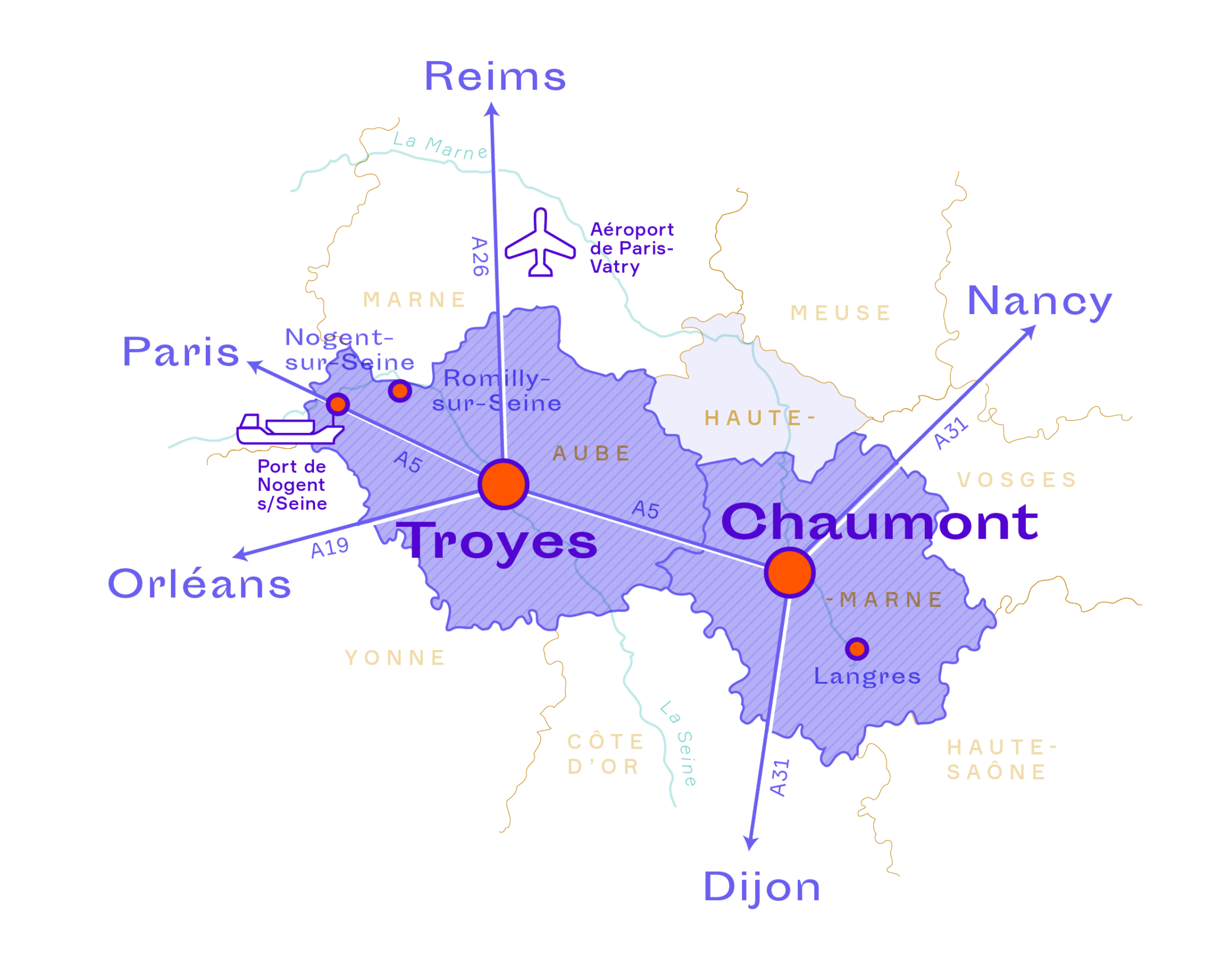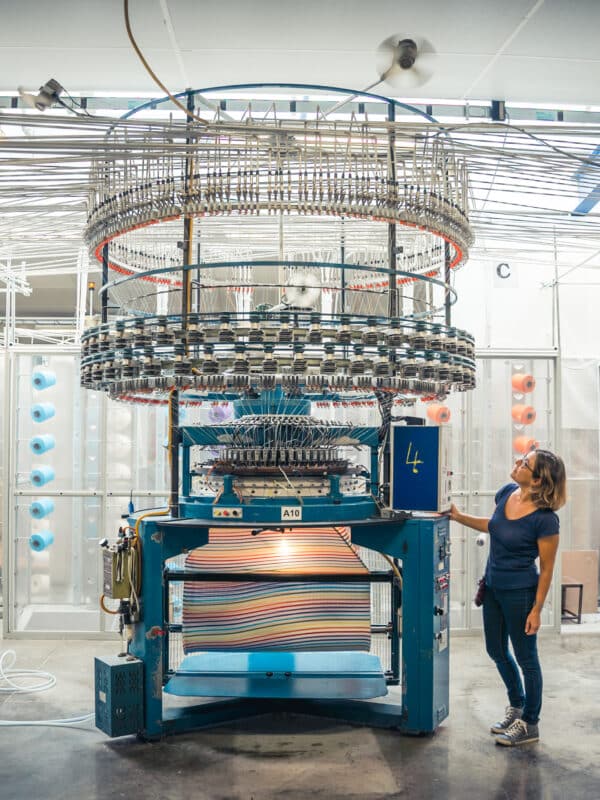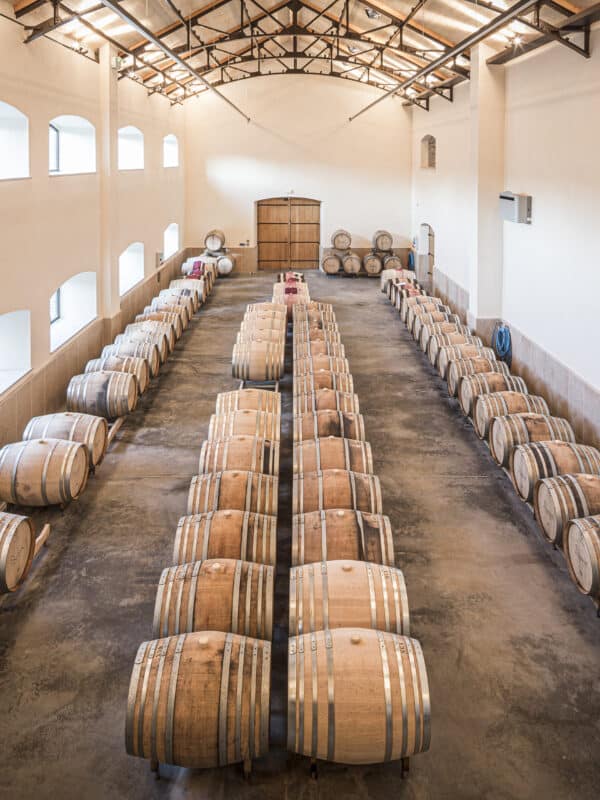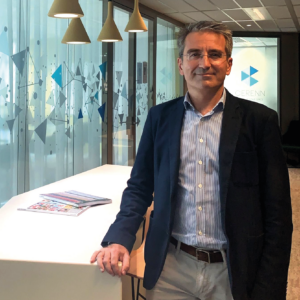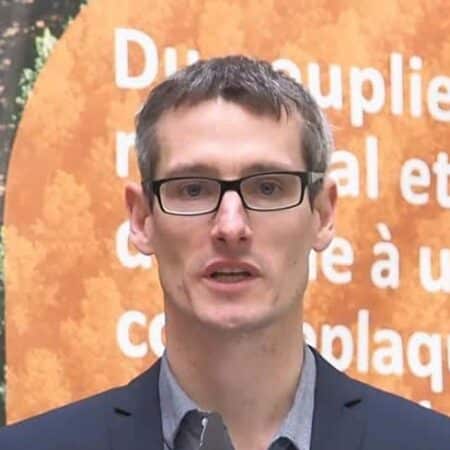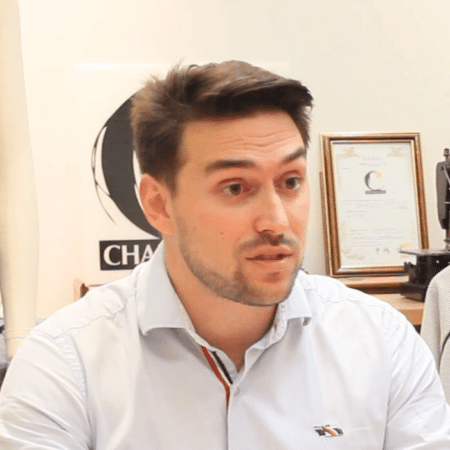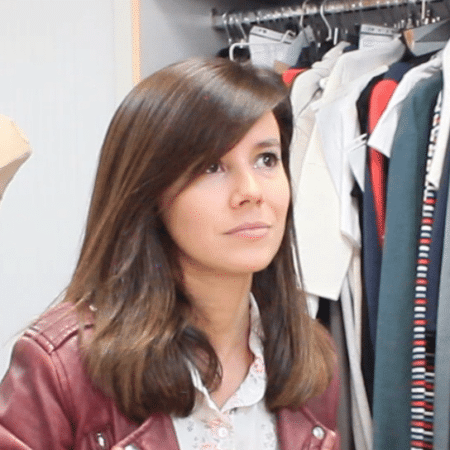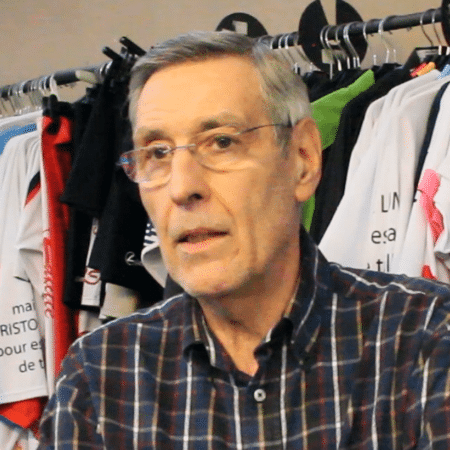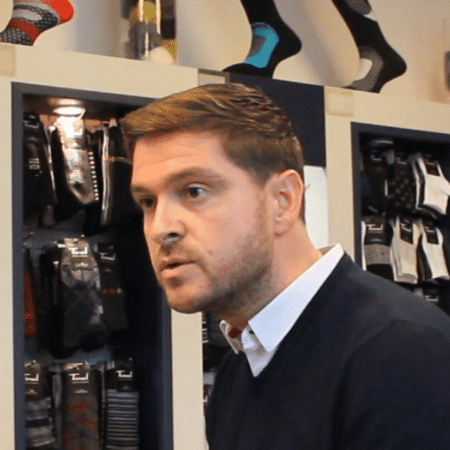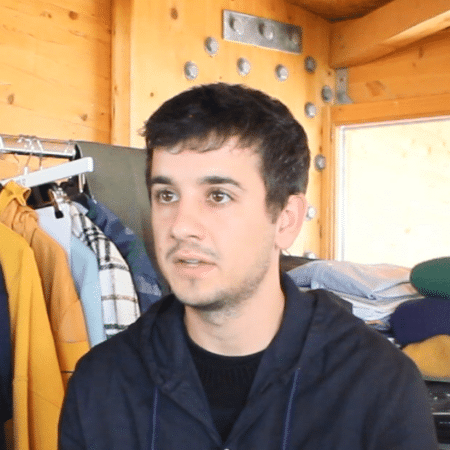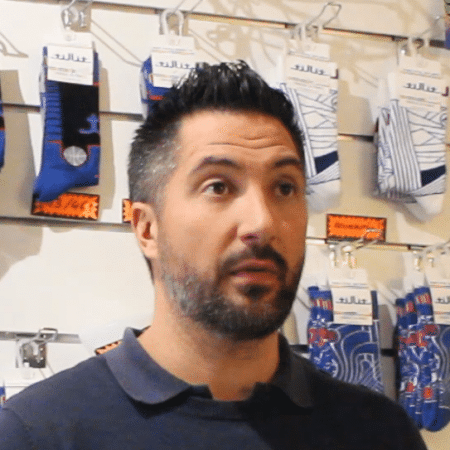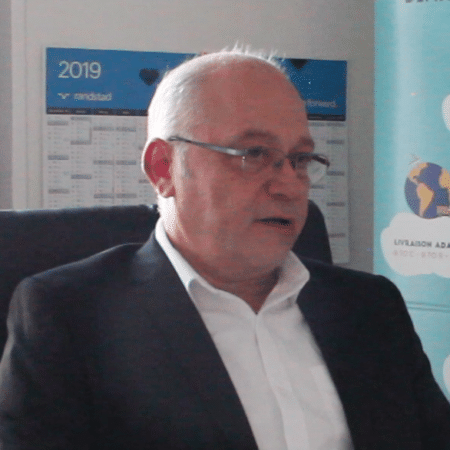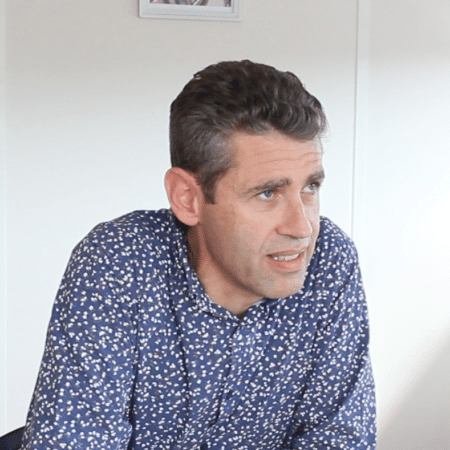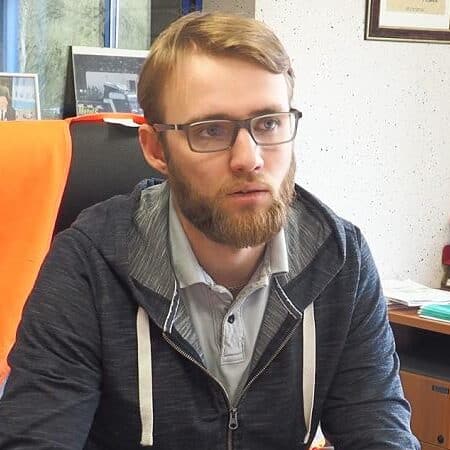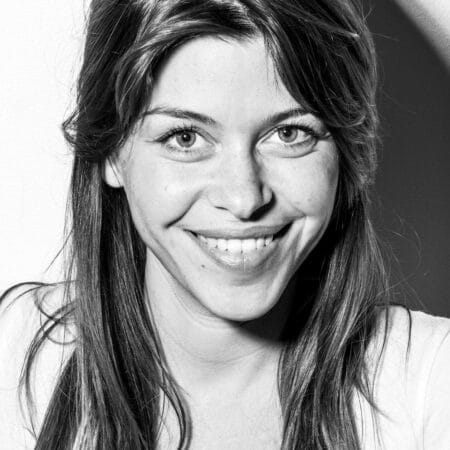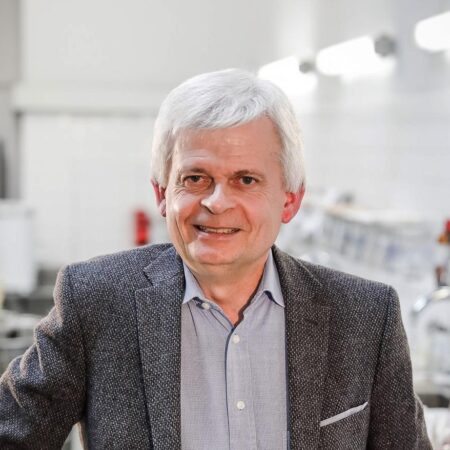Pascal Cornubert & Thierry Geoffroy
Interview with Pascal Cornubert & Thierry Geoffroy – Cerenn
Who are you?
I am Pascal Cornubert, the director of the Rimaucourt site located in Haute-Marne. I have a technical background from the UTC of Compiègne. I am an engineer and have spent most of my career in the automotive industry, then 14 years in the industry in Saint-Dizier. Since 2013, I have been part of Matfor, which became Cerenn in 2018 and belongs to the Saphyr group.
As for me, I am Thierry Geoffroy, I have been working for Cerenn for 4 years and have been the General Manager of the company for 3 years. Previously, I accumulated 25 years of experience in the building sector, particularly in office fit-outs, and I am an engineer by training.
What is Cerenn?
Cerenn was born in 2018, following the merger of two very renowned brands in the tertiary and partitioning sector: Matfor and Someta. Today, Cerenn has 200 employees, two main agencies in Paris and Lyon, and one in the Grand Est. There are also two factories, one in Rimaucourt in Haute-Marne and the other in Sarre-Union in Alsace.
What is the manufacturing process of a movable partition?
The Rimaucourt factory has about 60 employees. We receive orders from our various commercial agencies located in Levallois, Bron, Sarre-Union, and Rimaucourt. Following this, we integrate all the orders into a computer system and then we organize ourselves into manufacturing islands with several trades. The first trade is the lacquering of aluminium, the second is the machining and assembly of aluminium profiles to make doors and frames. Then, we have a wood workshop for machining and manufacturing wooden doors. The last workshop is dedicated to cutting, gluing, and assembling melamine panels to make partition claddings.
What are some of Cerenn’s emblematic achievements?
Among the emblematic achievements of Cerenn, we can notably cite large corporate headquarters such as Orange, Groupama, and BNP Paribas in the Paris region. But also projects for administrations such as the metropolis of Lille which is installed in the “Biotope” building entirely realized with our partitions. We also work for the administrative city of Rouen which is currently under construction. We can also mention the Tour la Marseillaise, a Jean Nouvel building where the metropolis of Marseille is installed with our products. Abroad, we can cite the court of justice in Luxembourg, entirely realized with our products as well.
You describe yourselves as pioneers of innovation, can you explain why?
Our historic company Matfor, now Cerenn, has always innovated since its creation. First of all, through fire-resistant partitions recognized in the market and used for the Montparnasse Tower in the 1970s. Then, there were the first monobloc wooden partitions in the 1990s. Later, there was a lot of innovation in the acoustics of partitions and in their aesthetics. More recently, we worked on autonomous, fully insulated bubbles that are among the most efficient on the market. All our products are also classified A+ in VOC emissions (Volatile Organic Compounds).
Why did you choose Haute-Marne?
Haute-Marne is a choice that dates back to when the factory was created in 1954. The adventure of this factory started with Matériaux Réunis, an old forge. In 2013, the ARYES group, which now owns Cerenn, bought the factory. Today, Cerenn still proudly marks its attachment to the South Champagne territory.
Do you feel locally supported?
We indeed find the necessary local support and backing. We are supported in our environmental investments, which has allowed us to achieve zero emissions at the Haute-Marne site. Today, we wish to give Cerenn and its know-how better visibility in order to develop certain subcontracting activities locally and related to our professions.
What, for you, are the strengths of the South Champagne Territory?
For more than 60 years, Cerenn has been benefiting from the advantages of the Territory. It is a dynamic region that allows us to serve our customers under the best conditions since they are mostly located in Île-de-France, Rhône-Alpes, the Grand Est region, and abroad. Geographic proximity and good infrastructure are crucial for us and for our attachment to this territory. Here, it is also very easy to find qualified labor. Finally, I can only mention the very pleasant living environment.
How do you see the future of movable partitions?
In recent years, we have seen many changes in workplaces that require more comfort, better acoustics, more light, but also spaces for isolation and informal exchanges. At Cerenn, we have therefore adapted our offer to have the entire range that can meet these different needs.
We can also say that the re-partitioning due to COVID-19 offers us new opportunities for our ranges and pushes us to work differently.

